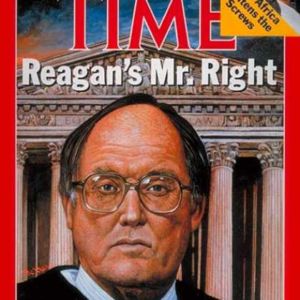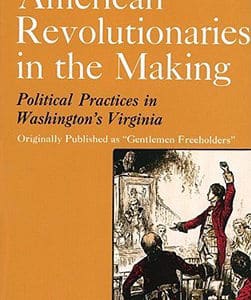Excerpt:
Any birth, including the birth of a nation, usually involves the pains of labor. The birth of the United States is no exception. The controversy over how to shape a new Constitution pitted court and country parties to form around two movements, the Federalists and the Anti-Federalists. Led by Alexander Hamilton, Federalists sought to improve upon the weaknesses in the Articles of Confederation and lay the groundwork for a stronger centralized national government that would exist in concert with state governments. It was the Anti-Federalists, led by Thomas Jefferson, who preferred the status quo of the Articles.
The fight reveals a sense of class hostility.
“Anti-Federalists charged their opponents with an aristocratic ambition to control the new government in the interest of the wealthy few, while Federalists attacked critics of the Constitution as irresponsible and unprincipled demagogues, preoccupied with the pursuit of selfish local interests.”
Did the rural, localized Anti-Federalists not see the bigger picture of how the colonies as a whole unit would fit in with the rest of the world? Were Federalists really just in it for their own economic and aristocratic self-interests? It is in this turbulent atmosphere that the true revelations of new Federalist theory emerge.




